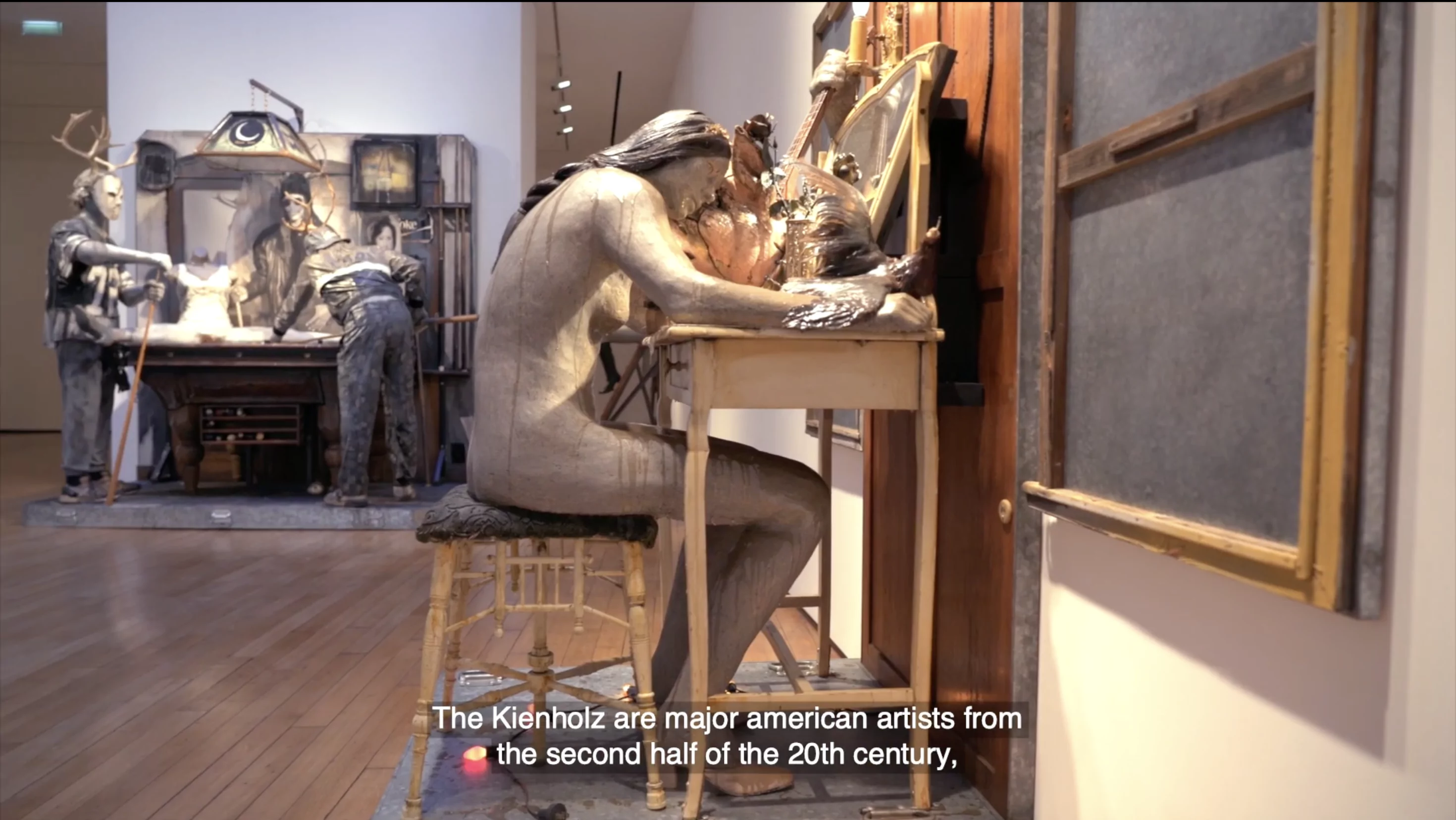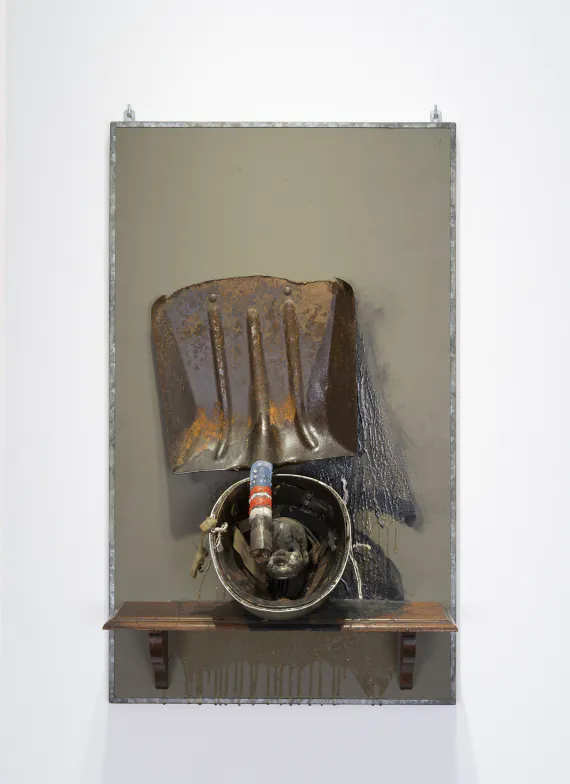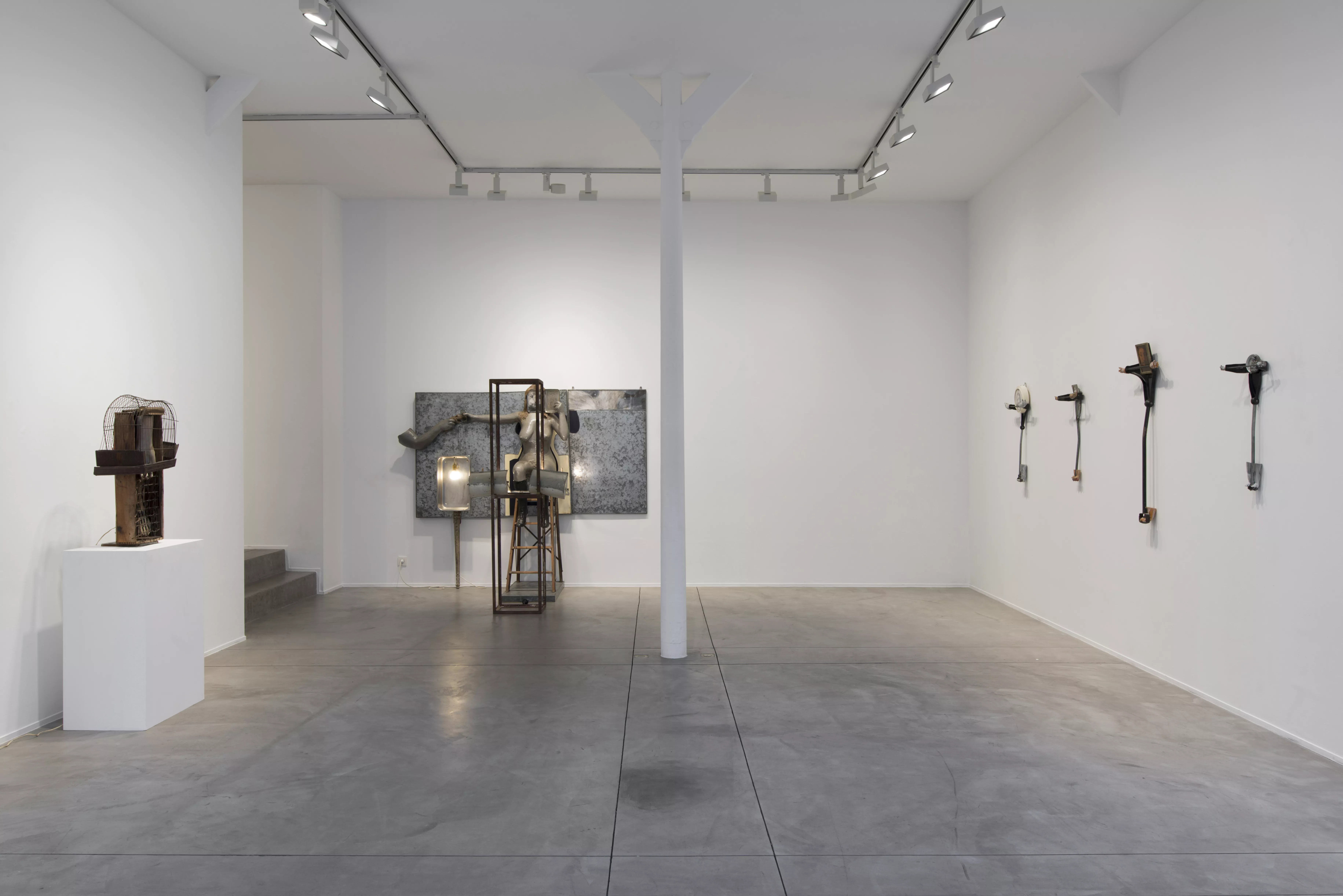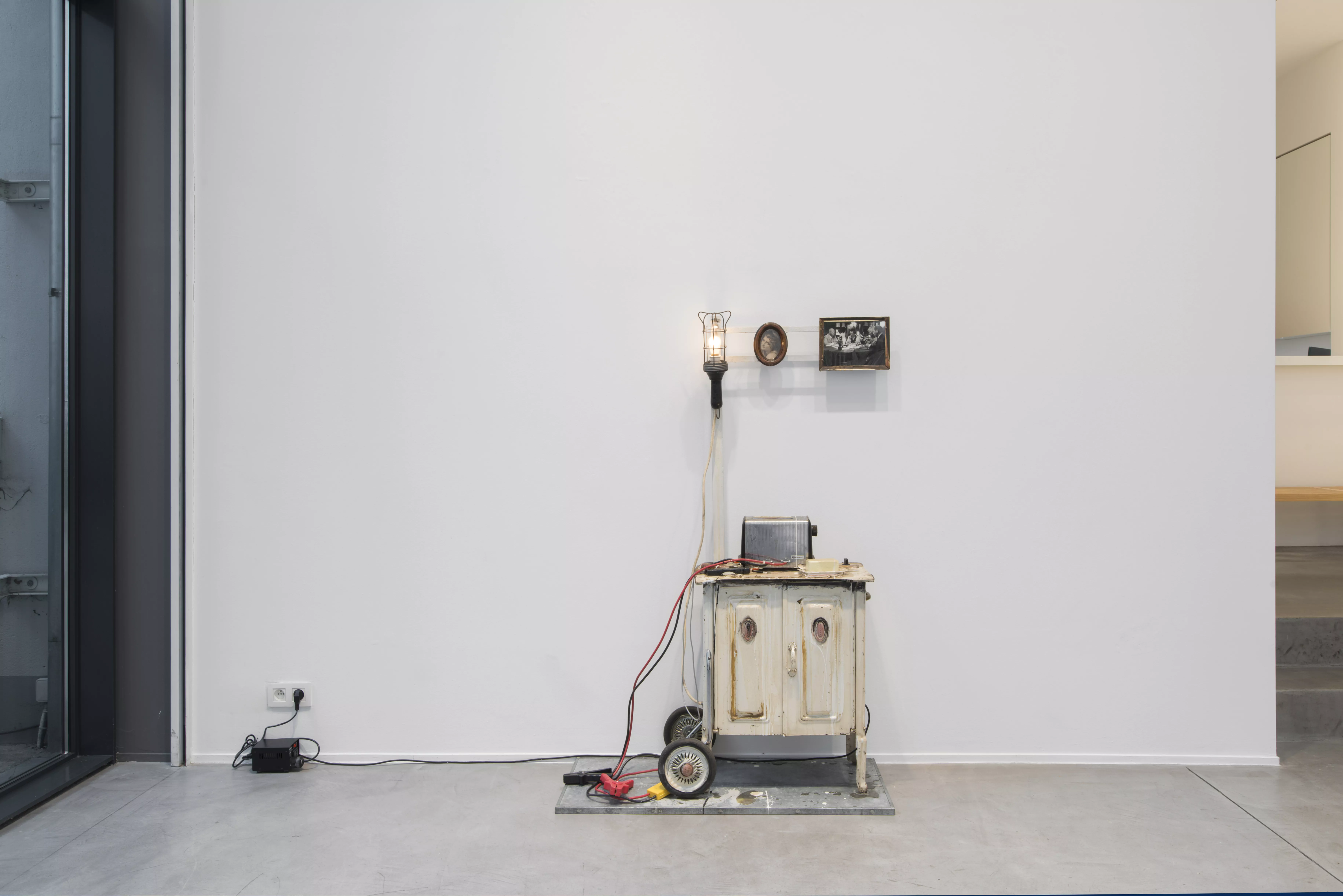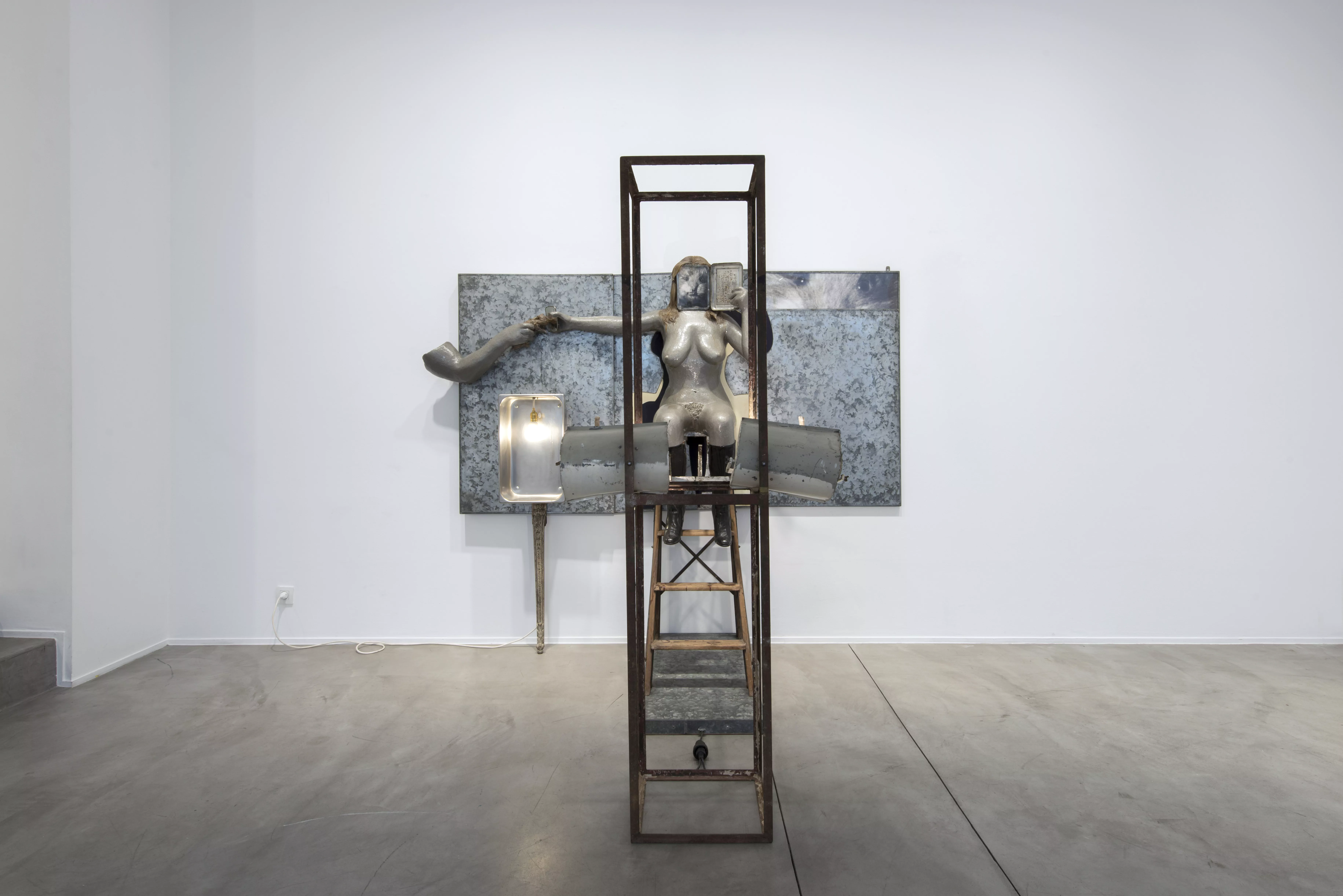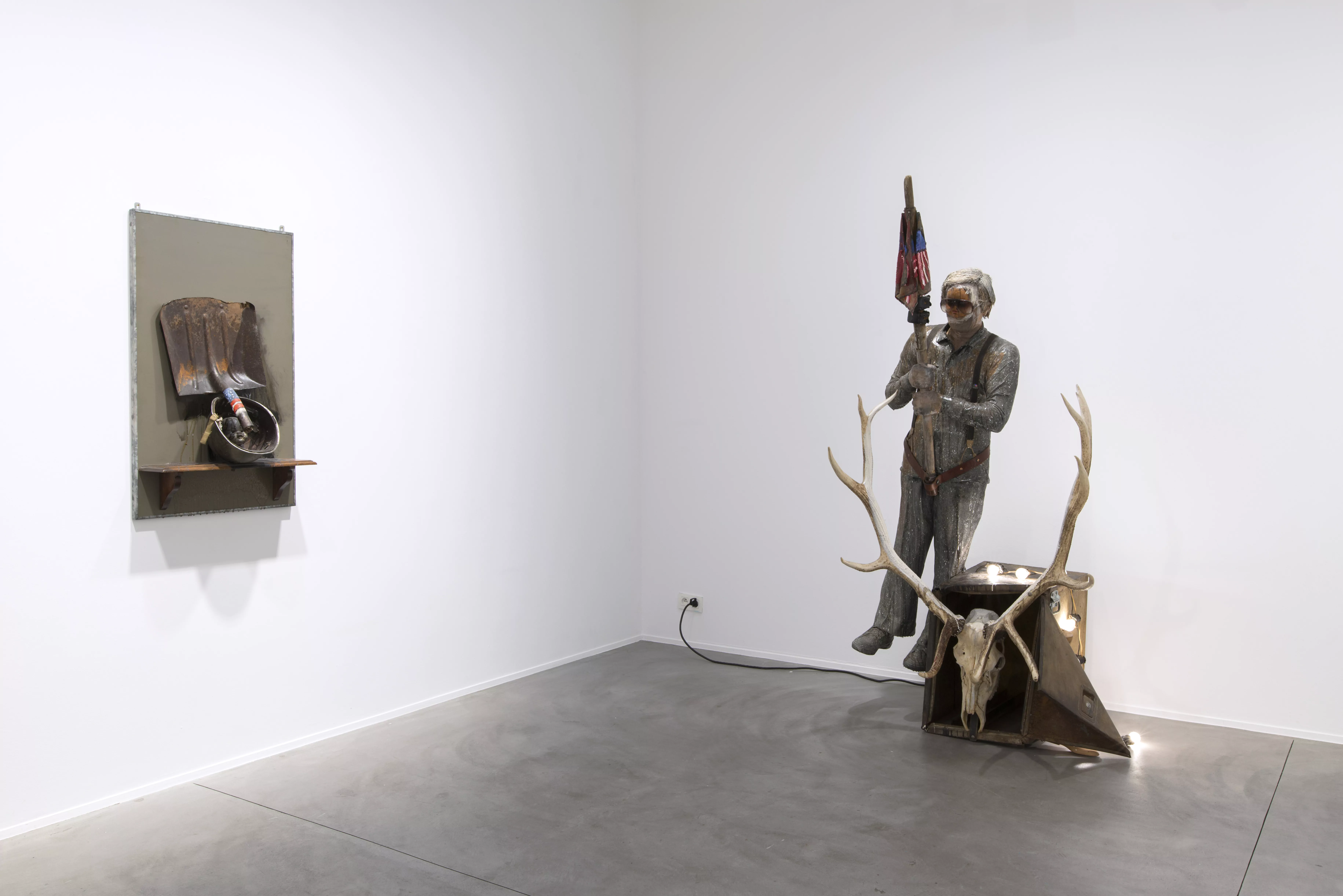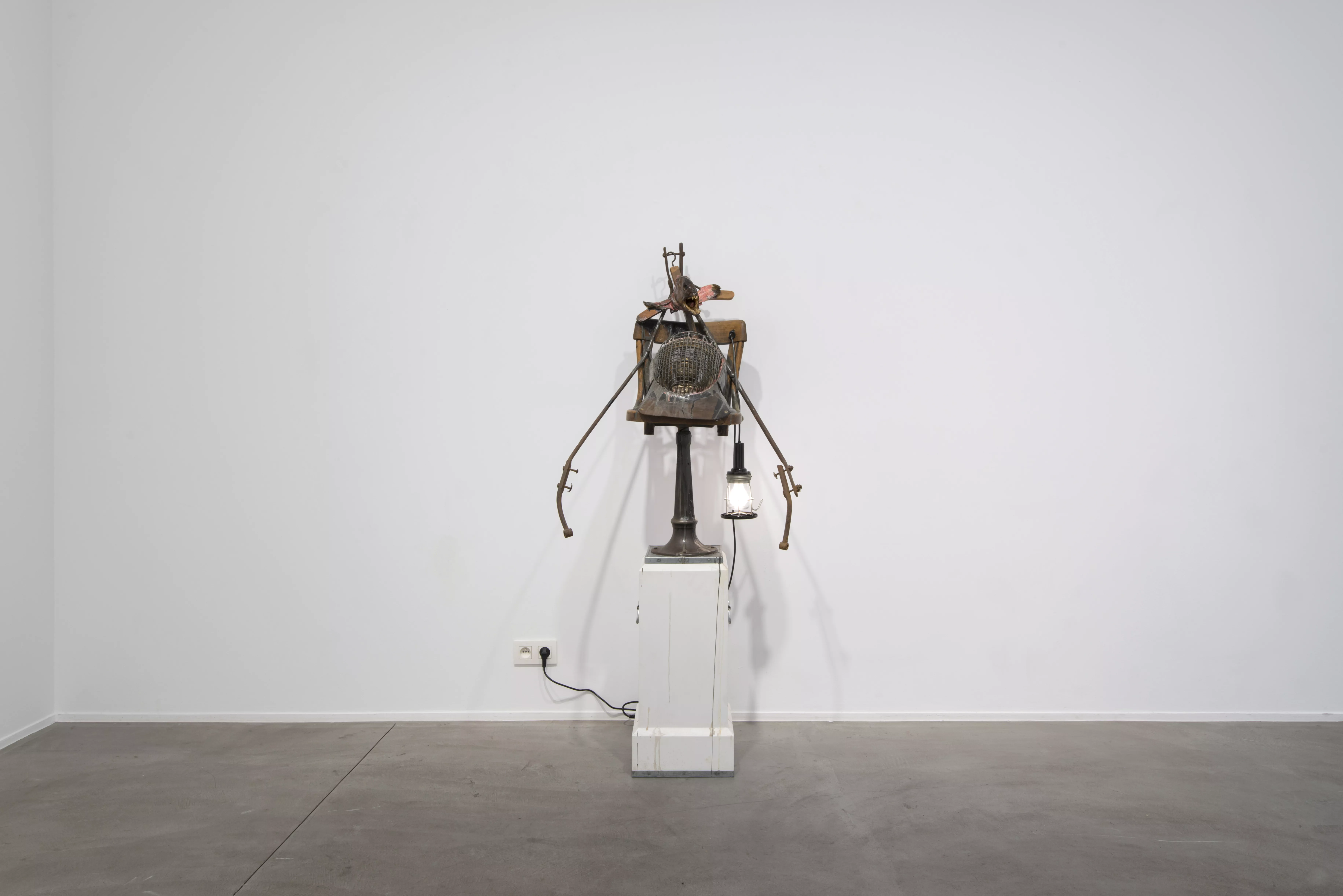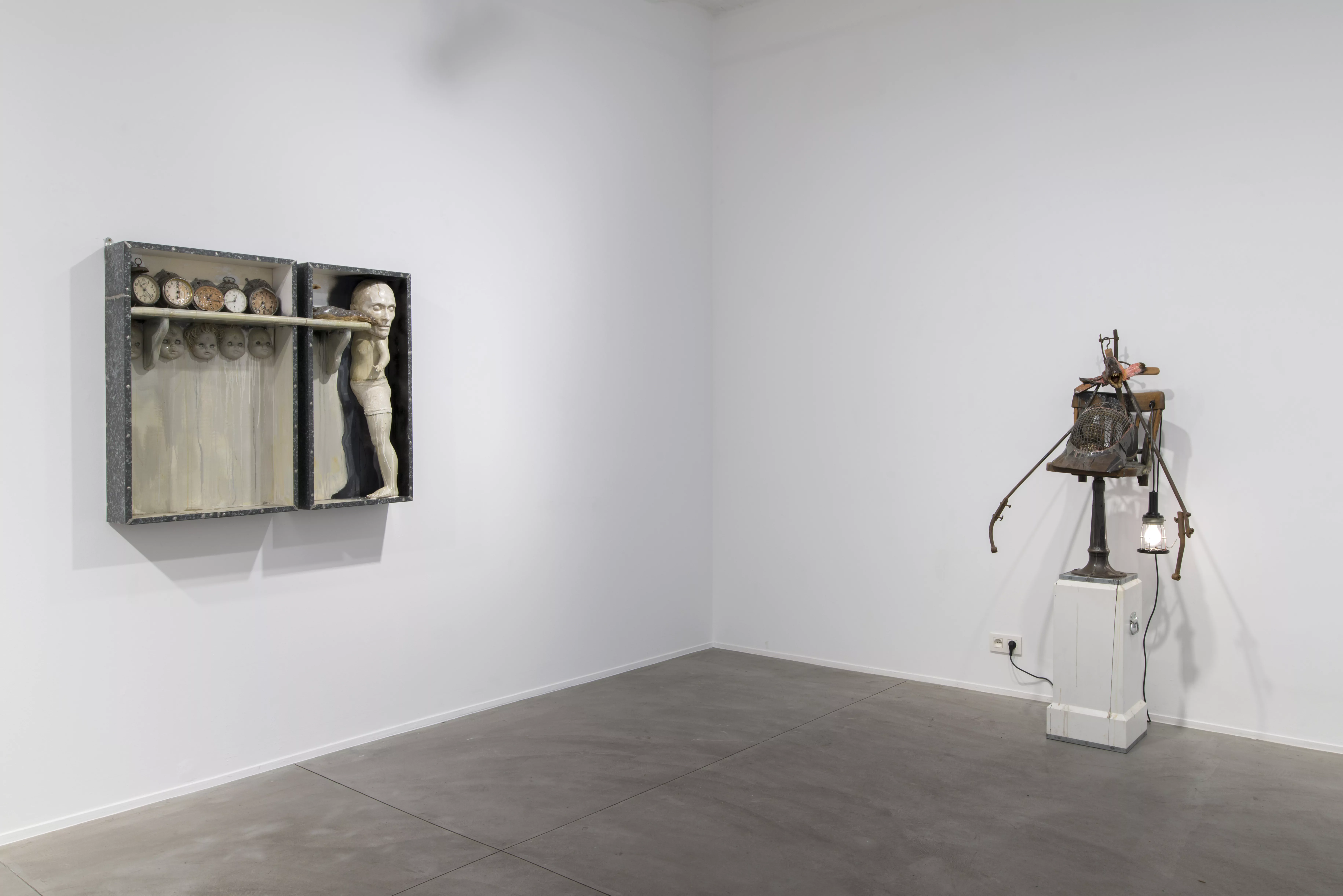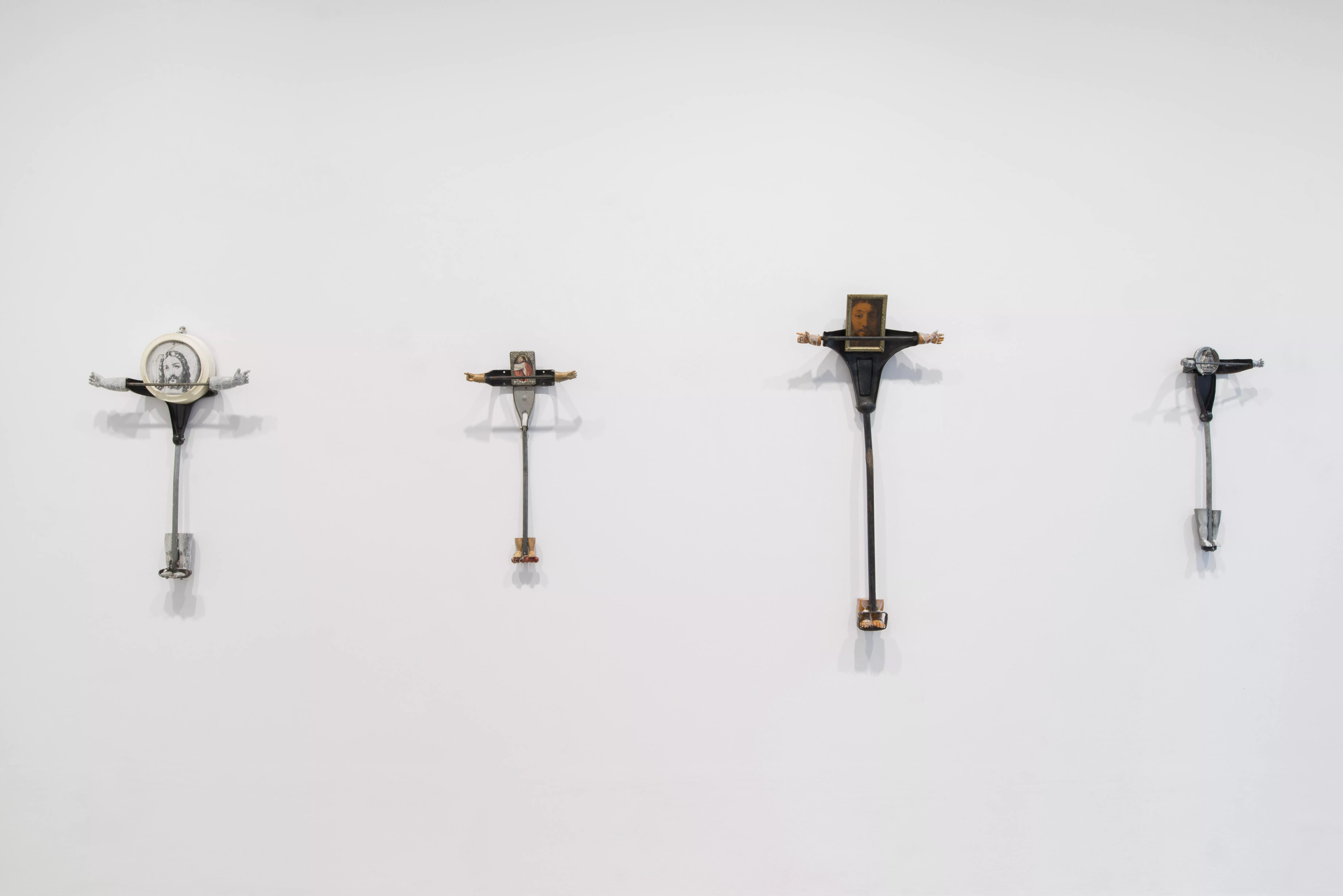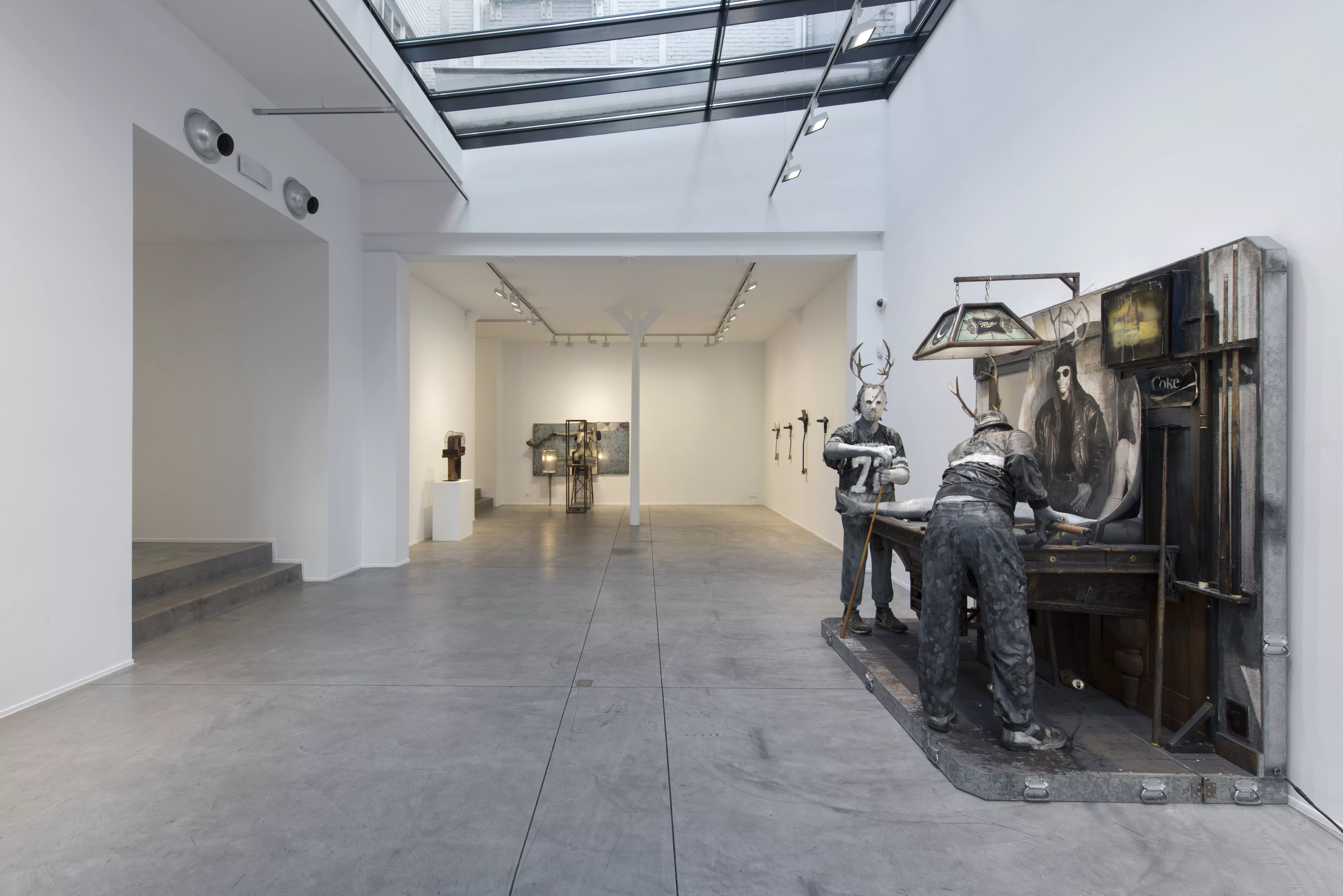
Ed & Nancy Kienholz
Ed & Nancy Kienholz
As the exclusive representative of Ed & Nancy Kienholz’s art in Europe, Galerie Templon is exhibiting work by the iconic figures of American pop art in Brussels for the first time.
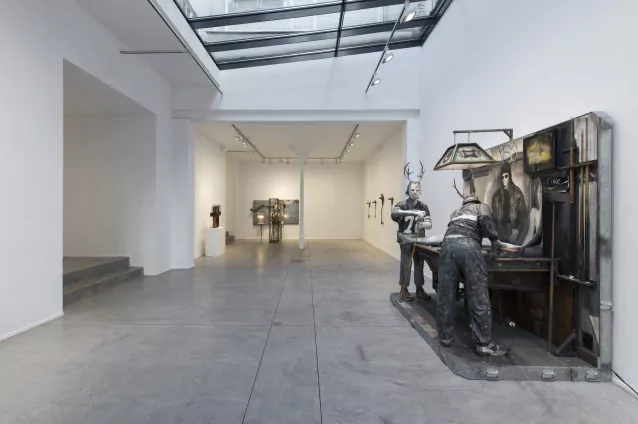
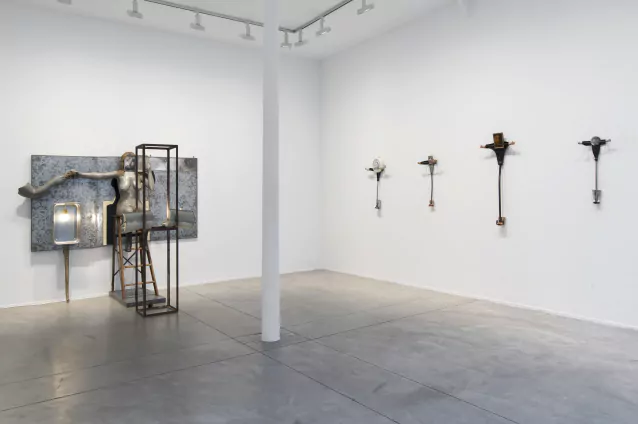
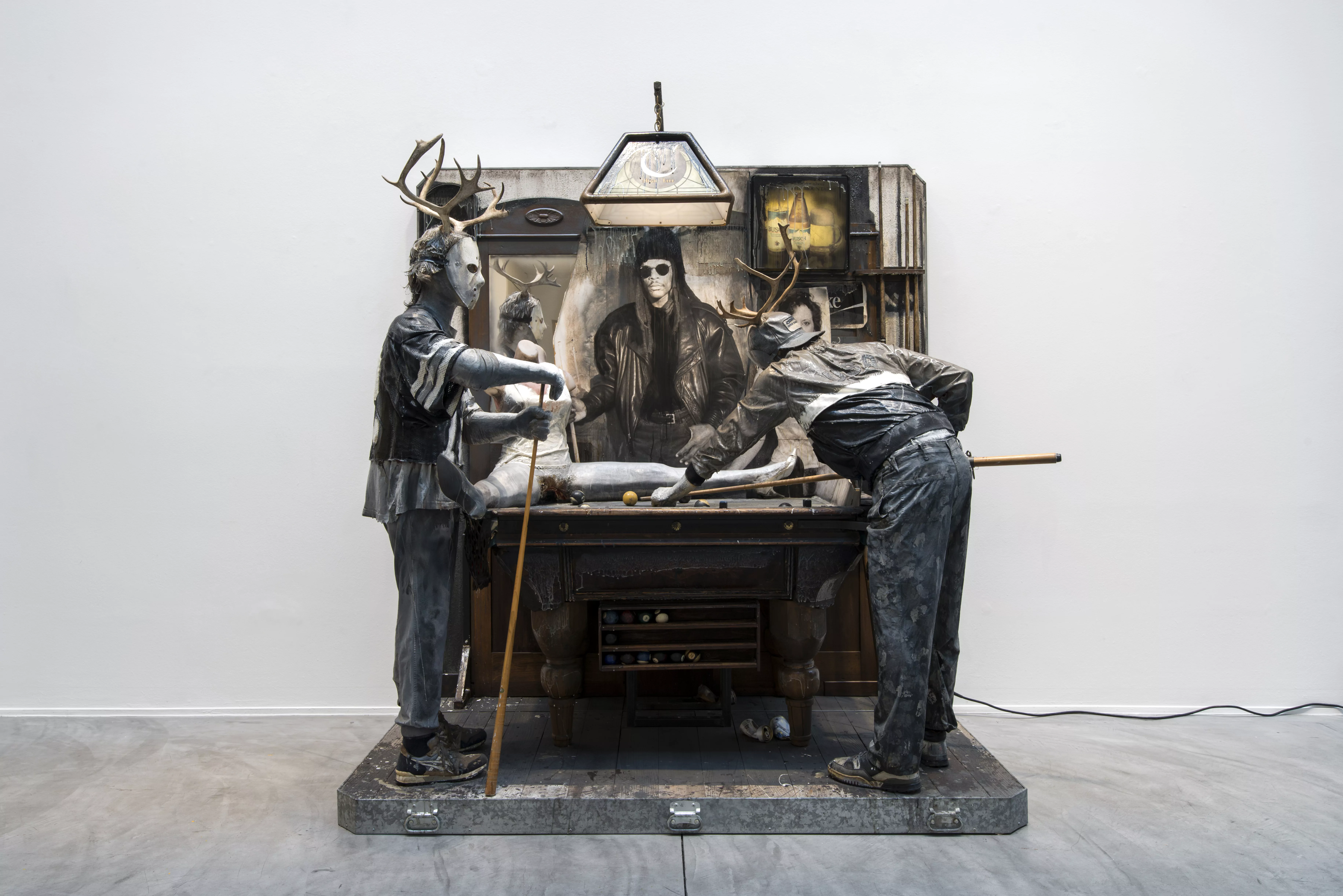
The show offers a spectacular presentation of a series of installations produced between 1978 and 1994. Blurring the codes of sculpture, the pieces operate as three-dimensional tableaux made of assemblages of artefacts, plunging the viewer into the heart of a disturbing universe, both fascinating and repellent. The jointly produced works express fierce, engaged criticism of the dysfunctionalities of American society: unbridled consumerism, everyday racism, sexism, structural violence and religious hypocrisy.
The exhibition opens with The Pool Hall (1983) and The Rhinestone Beaver Peep Show (1978), two major works examining the exploitation of women and commodification of the body. In an America traumatised by the military interventions in Korea and Vietnam, they mount an equally ferocious attack on the use of young men as cannon fodder (The Grey Man’s Parade).
No topic is taboo. With Useful Art no. 2 (cabinet & toaster), an old-fashioned cooking stove, dusty and frozen in time, they are denouncing the ideal of consumerism in an America mired in capitalism. And they use the J.C. series, mysterious, makeshift crucifixes, to condemn the blind religious devotion that marks a jaded society.
Although the Kienholz’s work unveils a pitiless vision of a disillusioned nation, a vision that very much goes against the grain, behind the muffled rage the door is left open to a more subtle and elusive interpretation: «Kienholz made no attempt to sublimate the meanness and tragedy of life, its conditions of loneliness and triviality, but used them as a way of putting a shine on a low and popular universe, in which the wasted and the dirty, the depraved and the filthy represented a new and surprising beauty.» wrote art critic Germano Celant.
